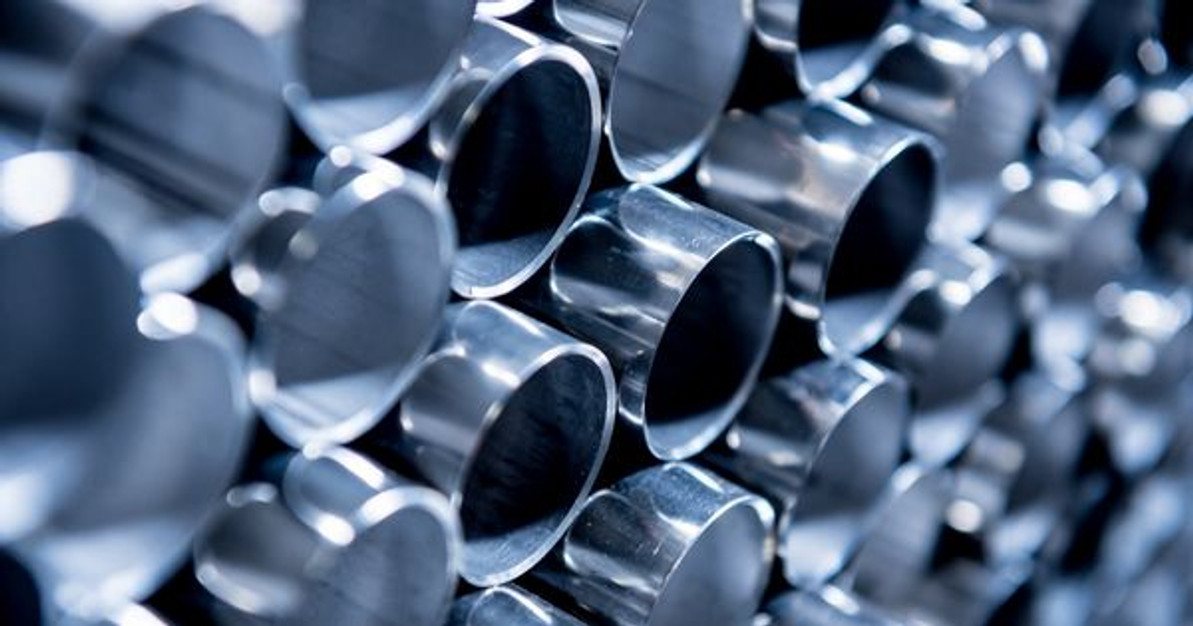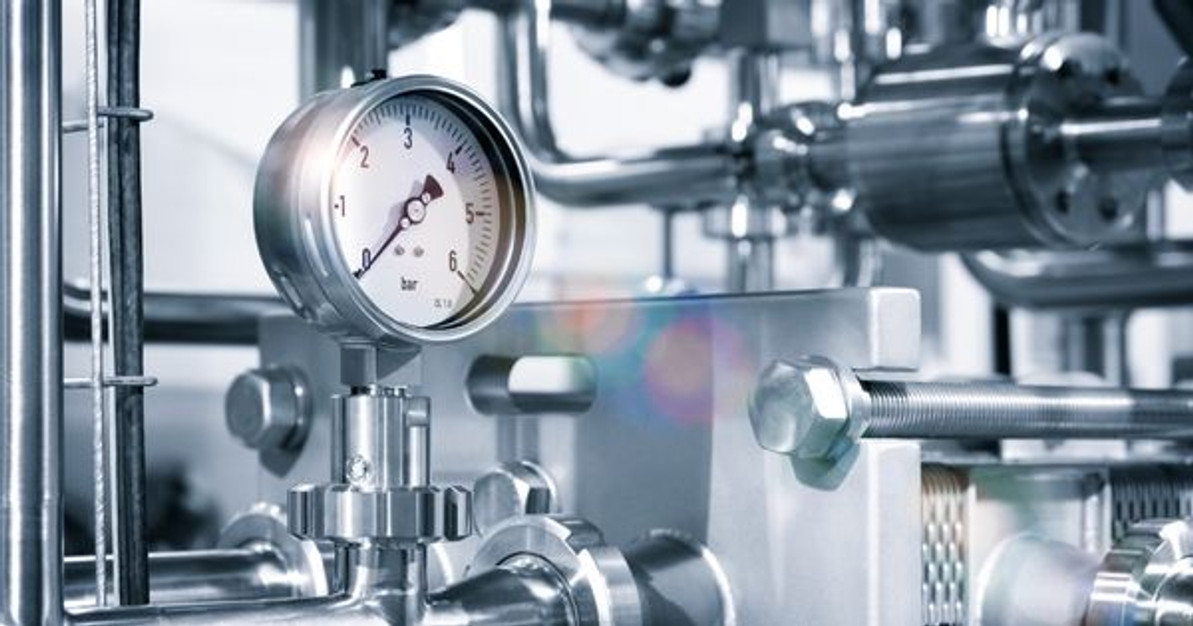 Jul 31st 2017
Jul 31st 2017 Stainless Steel Tubing: Interesting Facts About Various Metals

Okay, so maybe we’re a little obsessed with stainless steel as a metal alloy and a resource for our products, but who could blame us? Stainless steel is resistant to oxidation and corrosion, it’s a sanitary material (obviously, because that’s where our sanitary stainless steel tubing and other fittings come into play), and it also offers a very sleek and good-looking surface for buildings, automobiles, kitchen sinks, and so on. While we’re very passionate about stainless steel, it is also an alloy of multiple metal types, and we feel that metals, in general, deserve their own brief spotlight in the form of today’s blog post.
From nickel to aluminum to chromium, read on below for some interesting facts about these important metals that make our integral solutions industry possible. Also, don’t forget to browse our range of comprehensive sanitary fittings and sanitary stainless steel tubing options if you’re involved in the food and beverage, biotech, dairy, or other hygienic fluid process industries. Let’s take a look!
Nickel
The unintentional use of nickel actually dates back to around 3500 B.C., more or less. Along with iron, cobalt and gadolinium, nickel is just one of four elements that are magnetic at or near room temperature.
Major nickel deposits can be found around the world, including the Sudbury region of Canada, New Caledonia, Russia, South Africa, Philippines, Indonesia, and Australia. Nickel actually used to be commonly used in the making of coins, but due to the metal being a skin allergen for so many people, and the fact that cheaper metals are available, nickel is no longer widely used in coinage.
Copper
Copper is a well-known conductor of electricity, but did you also know that copper is an essential nutrient to most living organisms? Indeed, copper deficiency in the human body is as significant as an iron deficiency. Not only is copper essential to health, but it’s also a natural antibacterial. So, to prevent the spread of germs and bacteria, copper is used in public places like handrails and doorknobs.
Roughly 60 percent of the world’s copper is used in electrical wiring (no surprises there), 20 percent is used in roofing and household plumbing, and 15 percent of copper is used in the production of industrial machinery. As for the remaining 5 percent, we’re not exactly sure. Perhaps an evil villain is stockpiling it for its electrical superpowers - use your imagination on this one.
Iron
Iron, unlike our sanitary stainless steel tubing, oxidizes quite easily. In fact, it oxidizes so easily that iron is rarely found in a pure metal form on the Earth’s surface. Instead, iron is typically harvested through ore, which are rocks containing important minerals and elements. Iron is the 6th most common element found in the universe, with giant gas planets like Jupiter and Saturn having cores that are rich in iron. Even the Earth’s core is thought to be composed of iron and nickel.
Stay Tuned For More Metal Facts!
Metals are incredibly essential to our world and our universe at large. Fortunately, we’ve been able to manipulate various metal alloys and create stainless steel, which serves to make the world a more hygienic and useful place. Want to know more about Chemseal’s history with sanitary stainless steel fittings and tubing? Visit here!
 Jul 31st 2017
Jul 31st 2017 Recent Posts
-
Nov 7th 2022
What Is Food-Grade Stainless Steel Tubing?
Businesses that produce food and beverage products must operate hygienically. Sterile environments a …Nov 7th 2022
-
Oct 11th 2022
Why Sanitary Fittings Are Important for the Medical Industry
Sanitary fittings are useful for many industries. Food and beverage manufacturers have used these to …Oct 11th 2022
-
Sep 23rd 2022
What Is the Max Operating Temperature for Stainless Steel?
Stainless steel is valued in many industrial applications because it’s capable of withstanding high …Sep 23rd 2022





